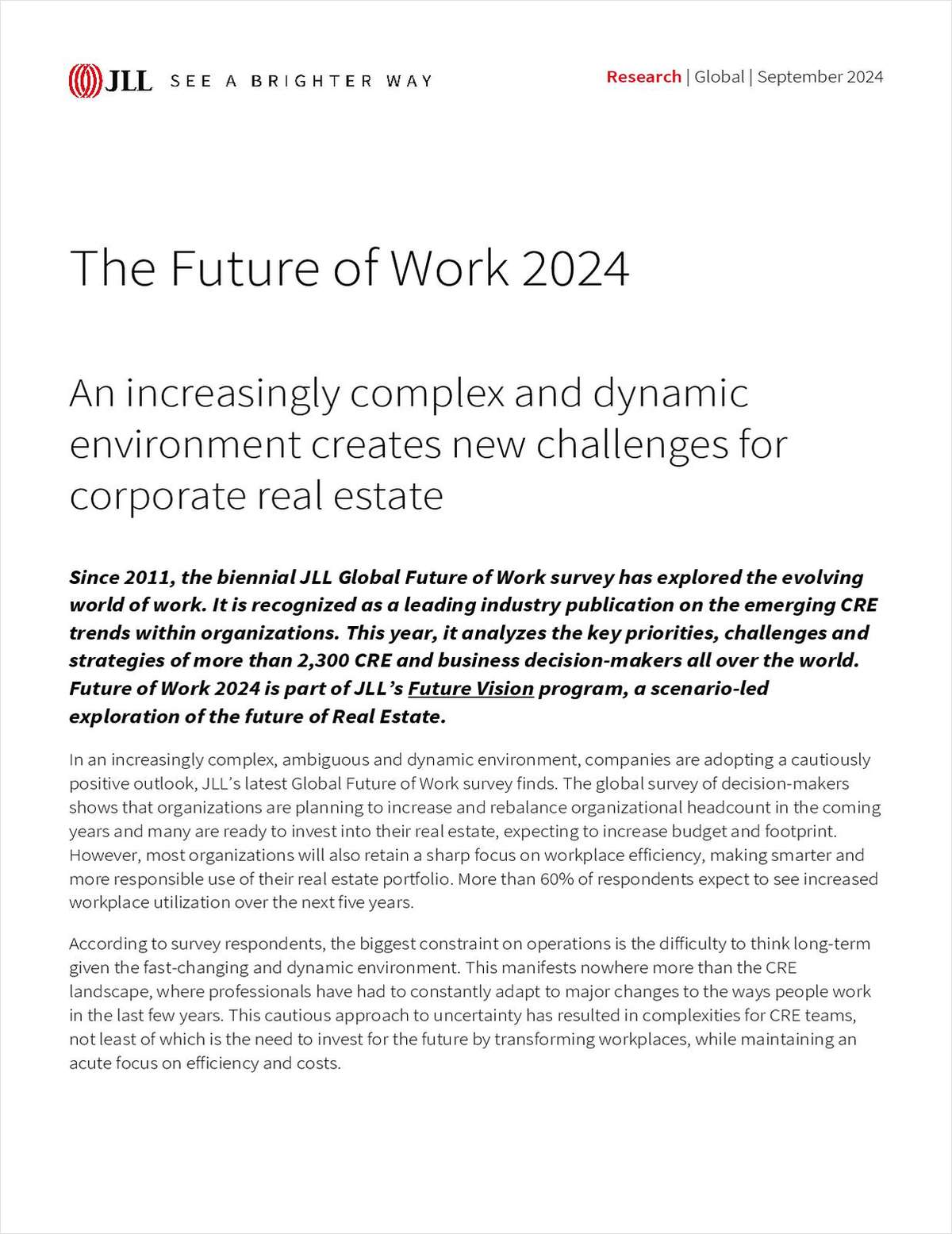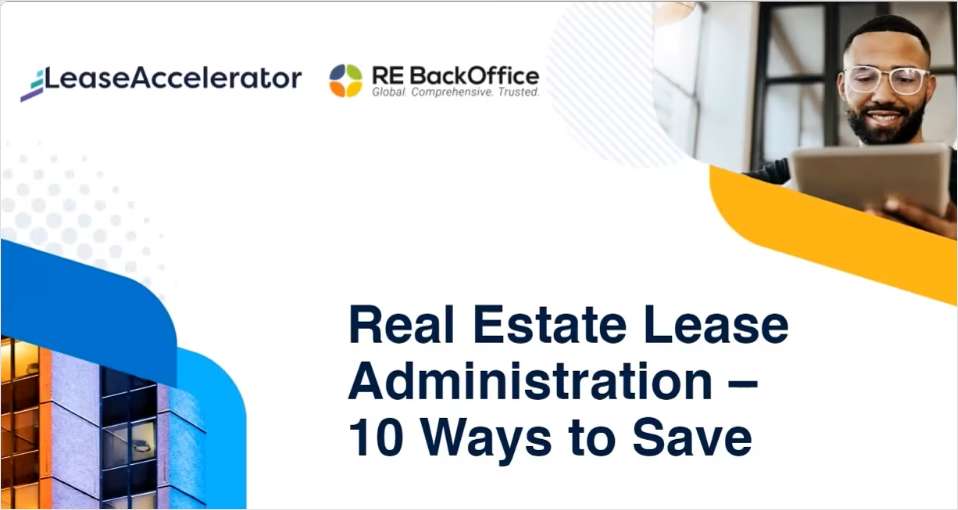PARSIPPANY, NJ-Call them the naughty aughties, the owing aughties or some other phrase, the decade just concluding has been a turbulent one for anyone in the property business, says “Commercial Real Estate in the 21st Century,” a report by Coldwell Banker Commercial.
The decade began with steadily rising prices, followed by two years of a major decline. As the decade turns, however, real estate is back on a cautious upswing. “It is becoming a solid investment class once again,” says Fred Schmidt, president and COO of CBC.
Technology was a running factor throughout the decade. The dot-com bubble that fueled office space growth prior to 2000 burst early that year, leaving data centers and offices vacant, the report notes. By 2004, the survivors had moved into good space, and another round of tech-related expansion was under way. The need for data center space has continued to grow, as “cloud data” from sites including Google, YouTube and Twitter requires storage.
The middle of the decade, from 2005 to 2007, the report said, can be called “prosperous times across all property types--sales were up, vacancies were down, cap rates were at historic lows and rents were rising. Development was fast paced--construction and other bridge financing was readily available and inexpensive—and the market was enjoying quite a ride,” it noted.
This came to a halt in 2008, when unemployment rose, housing prices fell, and homeowners began defaulting on risky mortgages. Lending ceased as banks struggled and failed and the securitization market for commercial mortgages collapsed. Office sales in 2008 were down 70% from the previous year, and vacancy rates in 2009 reached 15-year highs. Unemployment will remain a factor in the office sector. Yet compared with the downturn of the early 1990s, “we’re not overbuilt,” Schmidt says.
Retail transactions also suffered after focusing for much of the decade on secondary markets such as Pittsburgh, Orlando, Denver and Salt Lake City. After the collapse, the bulk of the activity was in small single-tenant deals. While transactions did pick up by the end of 2009, vacancy rates remain high, largely as shoppers look increasingly to the Internet to shop.
“Retail is probably the most interesting one to discuss,” Schmidt says. The hottest sector 15 or 20 years ago, he notes, retail may now be affected by a seismic shift in its operations as the Internet continues to gain power as buying vehicle. “How does it manifest itself? We don’t know yet,” he says. It does create an opportunity, however, the report says. It isn’t all bad news though. Internet retailers now use more warehouse space.
Multifamily, too, had its ups and downs. Early in the decade, secondary markets flourished, with sales volumes doubling in some areas. During the credit crunch, this sector held up best. And multifamily will be propelled by the young adults forming their first households. Schmidt says.
As 2010 progressed, the market was coming back. Financing was returning, as CMBS issuances increased. Shoppers began returning to the stores in the spring, fueling hopes of a retail revival. “The market is gradually correcting,” Schmidt says. “Right now is a good opportunity to buy commercial real estate.”
Want to continue reading?
Become a Free ALM Digital Reader.
Once you are an ALM Digital Member, you’ll receive:
- Breaking commercial real estate news and analysis, on-site and via our newsletters and custom alerts
- Educational webcasts, white papers, and ebooks from industry thought leaders
- Critical coverage of the property casualty insurance and financial advisory markets on our other ALM sites, PropertyCasualty360 and ThinkAdvisor
Already have an account? Sign In Now
*May exclude premium content© 2024 ALM Global, LLC, All Rights Reserved. Request academic re-use from www.copyright.com. All other uses, submit a request to [email protected]. For more information visit Asset & Logo Licensing.








